William Turner (Covent Garden, 1775 - Chelsea, 1851) was one of the best known artists of Romanticism and a source of inspiration for the Impressionist movement. Through his painting Turner fully embodied the ideals of the Romantic painter: an author dedicated to the depiction of a wild nature that reflected the state of mind of human beings, now destined to a marginal role within representation. As mentioned above, the English painter is also considered one of the forerunners ofImpressionism because of a number of characteristics he shares with the future artists of the French fellowship.
For example, critics are wont to attribute to some artists the anticipation of en plein air painting, and Turner himself is known to immortalize landscapes seen during his travels in notebooks. Moreover, just like the French artists, William Turner always placed color at the center of his artistic research. However, it is important to remember that the artistic choices of the English painter and the Impressionists were not inspired by the same assumptions. In fact, on the one hand, the Impressionists wanted to give the viewer back a faithful vision of nature; on the other hand, Turner used sketches from his notebooks to depict the emotions aroused by the spectacle of incredible natural events.
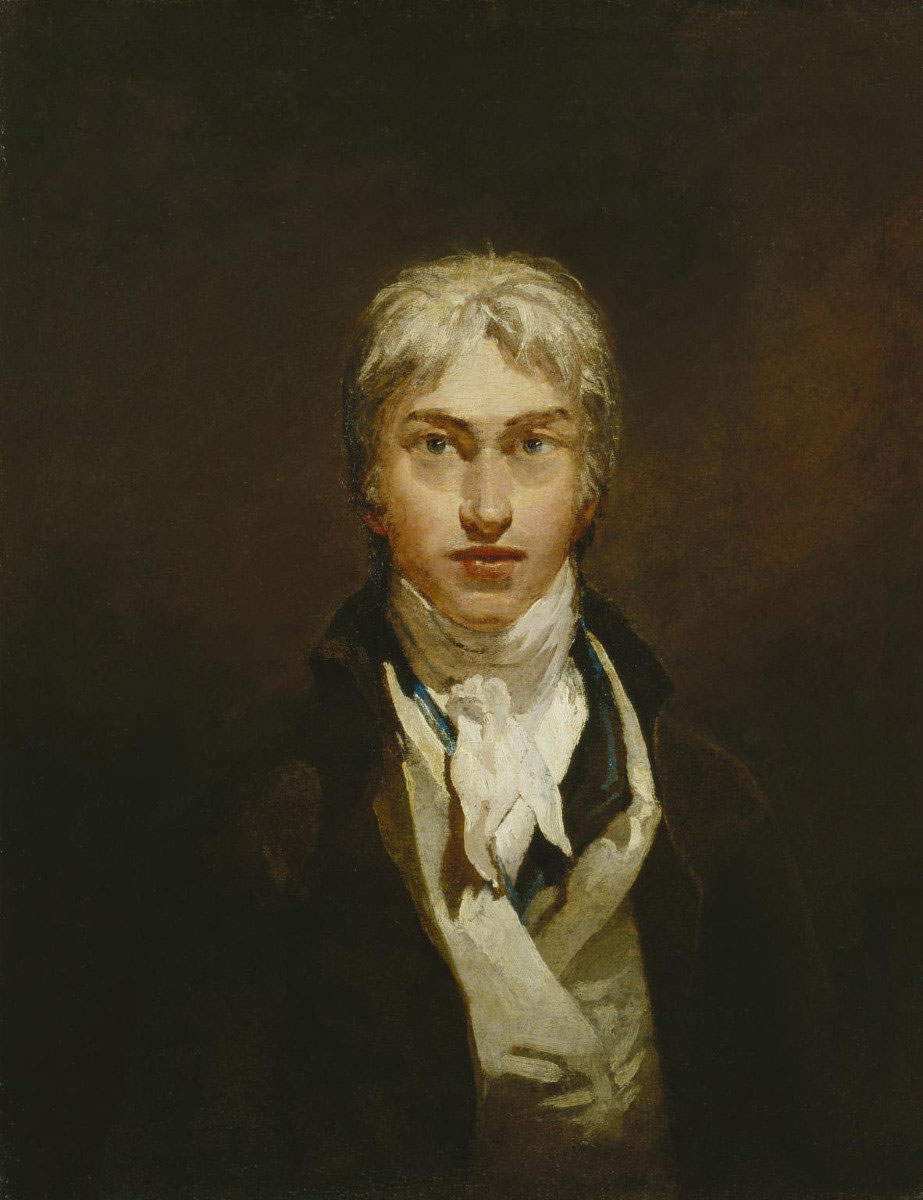
Joseph Mallord William Turner was born out of the marriage of barber William Gayone Turner and Mary Marshal. From an early age he demonstrated a keen ability to draw, and after a few years he began working as a draughtsman in architects’ studios. His precocious talent was recognized by England’s leading art institution, the Royal Academy of Arts in London, of which he became a student in 1787. At the age of fourteen William used to visit an uncle in Oxford, and during these long walks he began to immortalize landscapes in notebooks, inaugurating a practice he would continue throughout his life.
Beginning in 1794 Turner began receiving his first commissions, and in 1796 he submitted his first oil painting, Fishermen at Sea (1796), to the Royal Academy. Also during these years, the English painter came into contact with the works of the great masters of the past. In the first instance, Turner became acquainted with the masterpieces of Giovanni Battista Piranesi (Mogliano Veneto, 1720 - Rome, 1778) and Rembrandt Harmenszoon van Rijn (Leiden, 1608 - Amsterdam, 1669), from whom he learned important lessons regarding the management of chiaroscuro and the rendering of landscapes imbued with the feeling of the sublime. The sublime was one of the main themes of Romantic painting and consisted of the creation of landscape works in which nature was imposing compared to theinsignificance of human beings. Another major source of inspiration was the Welshman Richard Wilson (Penegoes, 1714 - Llanferres, 1782), who brought him closer to the seventeenth-century tradition of the historical landscape, represented by Nicolas Poussin (Les Andelys, 1594 - Rome, 1665) and Claude Gellée, known as Lorrain (Chamagne, 1600 - Rome 1682).
In the early 1800s Turner was invited by the novelist William Beckford (Fonthill, 1760 - Bath, 1844) to Fonthill, where he was commissioned to paint his first painting with a historical subject, The Fifth Plague of Egypt (1800). The painting depicted the biblical plague and combined the commissioner’s passion for history with the painter’s romantic view of nature. The work was exhibited in pendant with two paintings by Lorrain, purchased by Beckford the previous year.
With the Peace of Amiens in 1802, the borders between France and England were reopened, and the English painter took this opportunity to arrange a trip to Paris, preceded by a stop in Switzerland. Once in the French capital, William was able to meet Jacques-Louis David (Paris, 1748 - Brussels, 1825) and especially to visit the Musée du Louvre, where he could admire masterpieces by the great artists of the past. The English artist returned home with a huge amount of notebooks from which to draw inspiration, which led him to the production of works with a traditional compositional scheme, but with a romantic subject matter.
In 1804 William Turner opened his own studio to untether his art from the Royal Academy because of some criticism he received regarding his own style. The academics felt that the English painter did not spread color appropriately and that his landscapes were not realistic enough.
Despite distrust from some art critics of the time, Turner was awarded a professorship in perspective at the Royal Academy in 1807.
In 1818 William Turner was commissioned to go to Italy to illustrate The picturesque tour of Italy by architect James Hakewill (1778 - London, 1843). During his stay in the peninsula the English painter was able to admire the masterpieces of the great Italian masters, which had a great impact on his style. In the capital of the Papal States, the English painter got to know many artists, including the celebrated sculptor Antonio Canova (Possagno, 1757 - Venice, 1822), who had him appointed a member of theAccademia di San Luca.
In the following years Turner continued to travel, arriving in the Netherlands where he deepened his studies of Rembrandt’s chiaroscuro. The Flemish painter’s studies of light and landscapes influenced William’s works, which, despite constant attacks from critics, still managed to be a great success with aristocratic audiences.
William Turner could not stay away from Italy for long, so he returned there again between 1828 and 1829. During this second stay, the English painter visited several cities and then settled for a few months in Rome, where he organized an exhibition at Palazzo Trulli. In the capital, William produced numerous works and also several sketches, which he elaborated on canvas once he returned home, as in the case of Ulysses Mocks Polyphemus - Homer’s Odyssey (1829).
In the following years Turner continued to travel throughout Europe: he headed first to Paris where he met Eugène Delacroix (Charenton-Saint-Maurice, 1798 - Paris, 1863) through mutual friend Richard Parkes Bonington. After that, William traveled twice to Venice where he became fascinated by the evocative light of the lagoon, which he tried to immortalize in beautiful watercolors. The results of these years flowed into some of Turner’s most celebrated masterpieces, such as the two works in which he immortalized the House of Lords fire of 1834. However, these paintings were not well received by critics, with the exception of one young writer-John Ruskin. The latter sent Turner a text defending his works, but the painter asked him not to publish it. At first Ruskin granted William’s request, but resumed Turner’s defense in a chapter of his book Modern Painters (1843), in which he wrote that “in Venice he (Turner) found freedom of space, brilliance of light, variety of color.”
In the following years William continued to travel and planned to return to Venice, but his worsening health did not allow him to return to the lagoon. His physical ailment also reflected on his character, and William isolated himself in Chelsea, a London suburb, where he hid his identity. In his later years William Turner tried to drown his immense grief inalcoholism, which further aggravated his physical condition until it led to his death in 1851.
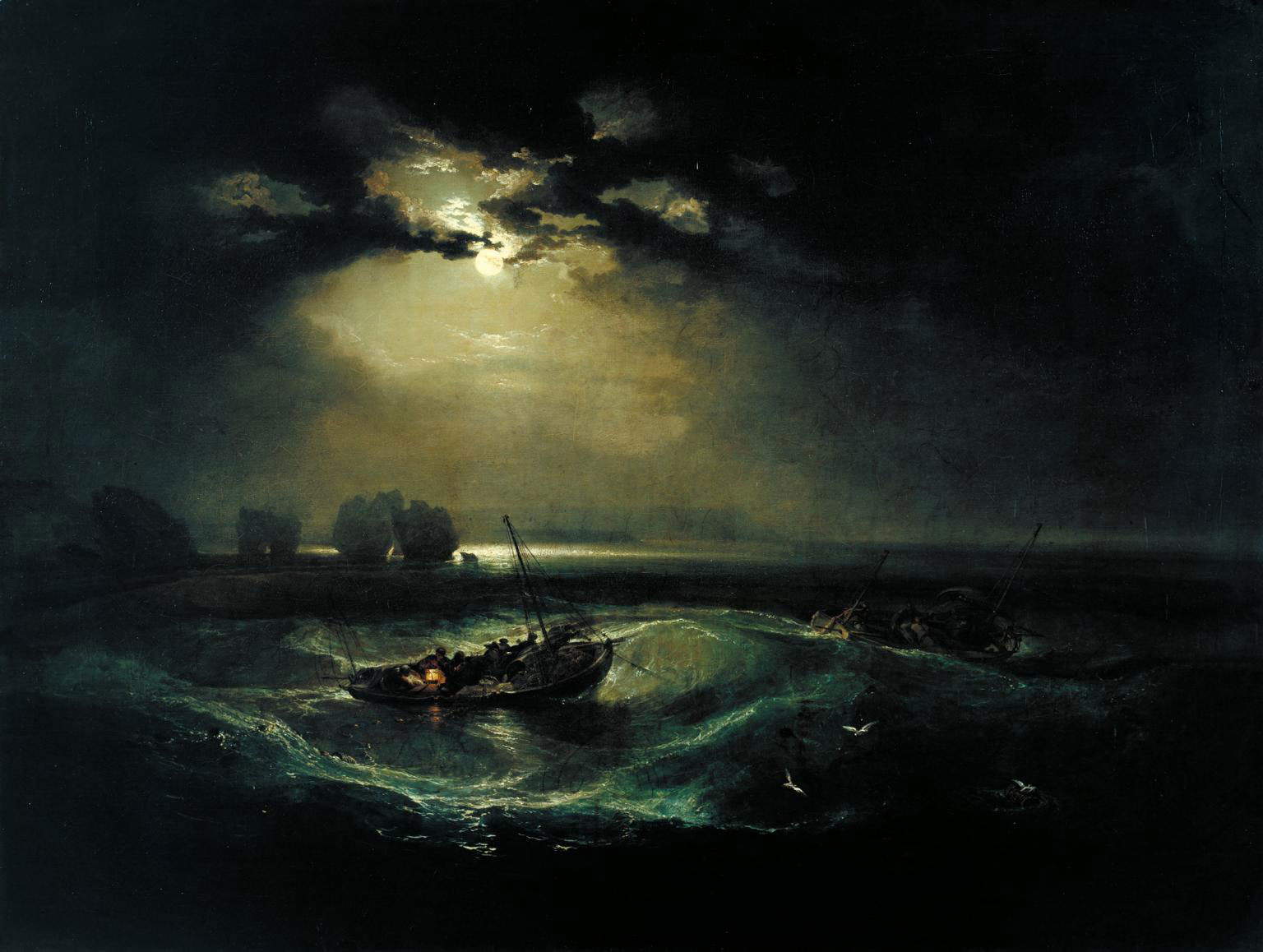
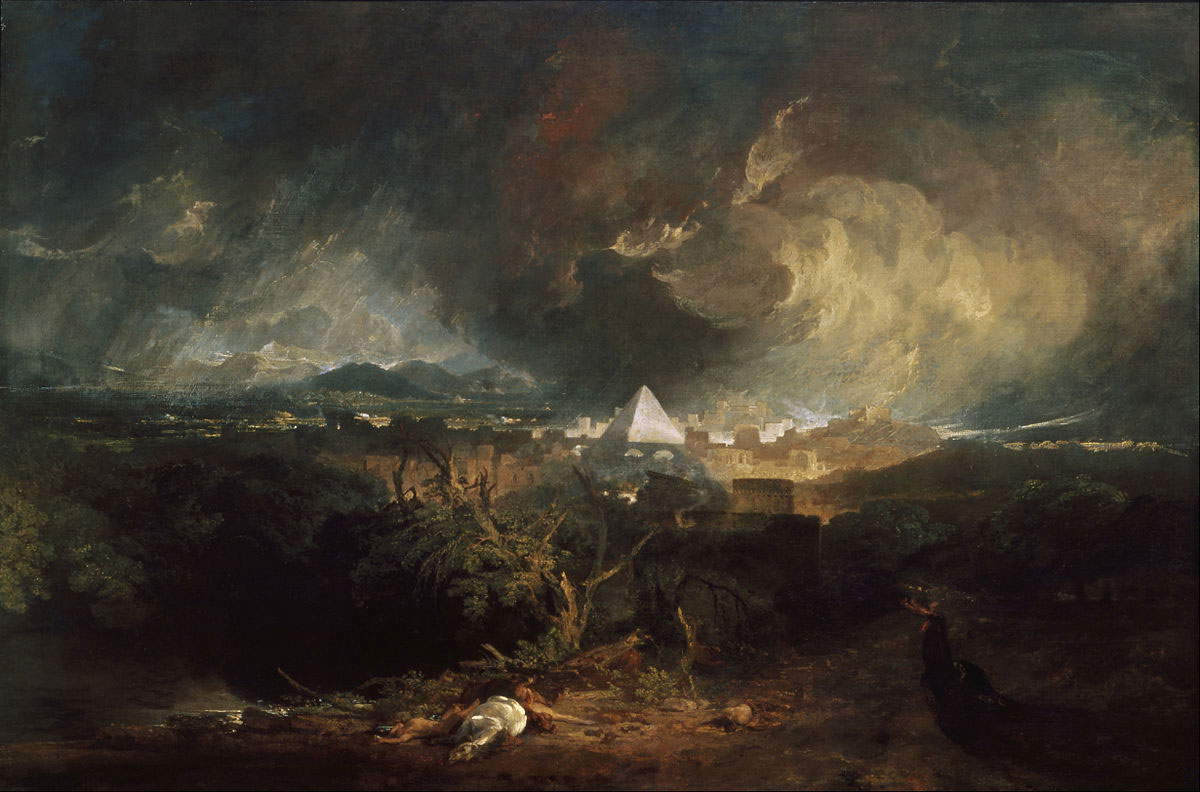
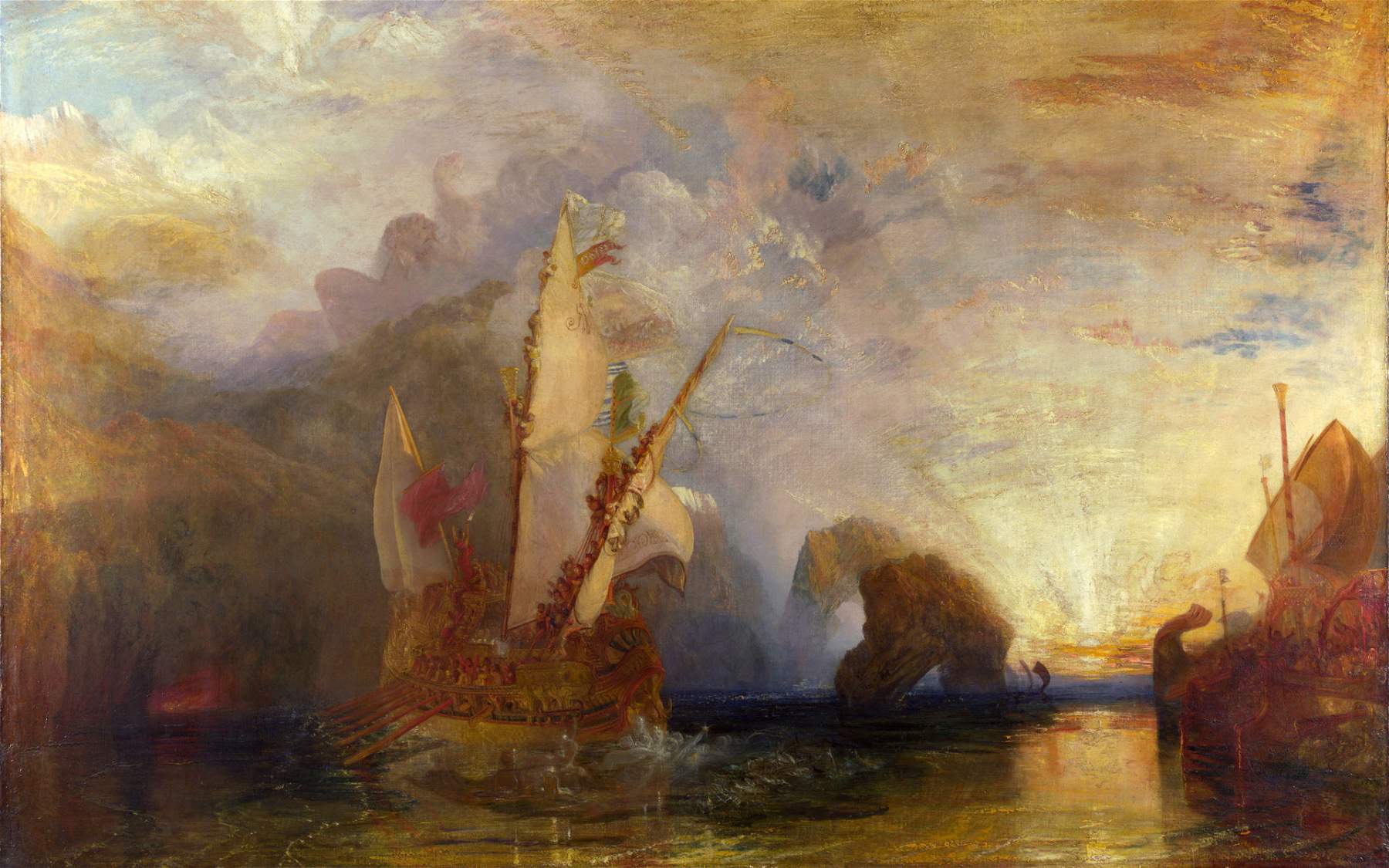

William Turner’s early works are very different from the more mature works for which the English painter is world famous. Initially, Turner devoted himself mainly to making watercolors, after which he began to produce oil paintings. The first paintings made with this technique responded to a very precise and detailed perspective composition. Belonging to the first period of his career is the canvas: Lincoln Cathedral (1795), in which William restores a detailed view of the Gothic cathedral in the city of Lincoln. This painting does not offer the same emotional impact as Turner’s mature works, yet it is possible to glimpse in it some features that seem to foreshadow his later masterpieces. Indeed, the painter focuses his attention on depicting the setting and rarefied air of the English town.
As the years passed, the interest in landscape painting became the central focus of Turner’s production, and the English painter came to theorize about it in 1807, with the writing of the Liber Studiorum. This was a collection of some of his drawings depicting different categories of landscape. The main purpose of the work was to question the hierarchy of pictorial genres, for which landscapes were considered inferior to history paintings.
Among the most significant works of the early nineteenth century appears the masterpiece Snowstorm: Hannibal and His Army Across the Alps (1812). Although this work falls within the historical genre paintings, the real subject of the composition is the drama experienced by the soldiers due to the relentless fury of nature. In fact, the center of the scene depicts the terrible blizzard ready to overwhelm the men at the edge of the scene. Turner envisioned the blizzard as an enormous, enveloping dark mass, so imposing that it blurred even the sun itself. At the exhibition, the painter requested the curators to place the painting at the eye level of the viewers, so that they could actively participate in the drama of the Carthaginian troops.
Turner felt a great devotion to Claude Lorrain’s masterpieces throughout his career and believed that he would never be able to achieve such artistry. William openly confronted Lorrain’s art with the creation of the work Dido Builds Carthage (1815), inspired by the French painter’s Seaport with the Embarkation of the Queen of Sheba (1648). The architectural setting of the image and the arrangement of vegetation recall Lorrain’s Seaport. However, Turner’s painting differs in its greater monumentality, due to a lowered vantage point, and a striking atmospheric rendering. For the occasion, the English painter used a different range of yellow tones on a white background to restore the impression of serenity evoked by the dawn light. This last feature was one of the cornerstones of Turner’s style, and as the years progressed the painter gave less and less importance to the subject, placing the study of light and color at the center of his research.
During trips to Rome and Venice, Turner drew inspiration for some of the most important works of his entire career. For example, once Turner returned from his first trip to Italy, he produced the painting Rome, from the Vatican, Raphael, accompanied by the Fornarina, prepares paintings for the decoration of the loggia (1820). In this work, the painter demonstrated all his skill in creating a perspective structure, capable of giving the viewer an overview of the Vatican. In addition, Turner created an anachronistic scene, since he depicted Raphael Sanzio (Urbino, 1483 - Rome, 1520) in the typical pose of the melancholy artist, in front of Bernini’s rear colonnade, inaugurated in 1667. In this way Turner created an effective parallelism between the drama of the Romantic artists and the sixteenth-century master, imagining that Raphael had felt inferior before the masterpieces of the classical age, just as his contemporaries had before the earlier masters.
As the years went by, William Turner moved from darker tones to lighter colors and increasingly freer composition. Among the outcomes of these researches appears the painting Fire in the House of Lords and Commons on October 16, 1834 (1835). At the outbreak of the fire, the painter was in the midst of the crowd and made several sketches during the tragic spectacle; however, by the time the work was completed Turner made use mainly of his memory. As in Blizzard, the protagonist is the fury of nature, in this case the tongues of fire reflecting on the Thames, against which the crowd is a tiny, imposing black spot.
In his later years Turner read Theory of Colors by philosopher Johann Wolfgang von Goethe (Frankfurt am Main, 1749 - Weimar, 1832), published in 1840. In this work the German writer had theorized that colors existed in relation to their relationship to light and that they differed from one another in greater or lesser intensity. Following this reading in Turner’s later works, the characterization of subjects lost importance in favor of a free use of colors with a strong emotional impact. For example, the painting Venice with Health (1840 - 1845) is a set of different shaded tones, among which the silhouette of the dome of Santa Maria della Salute seems to emerge amid the mist of the lagoon.
William Turner was one of the most important artists of the nineteenth century, and in the most mature period of his career he produced masterpieces that foreshadowed the artistic pursuits of the next generation.
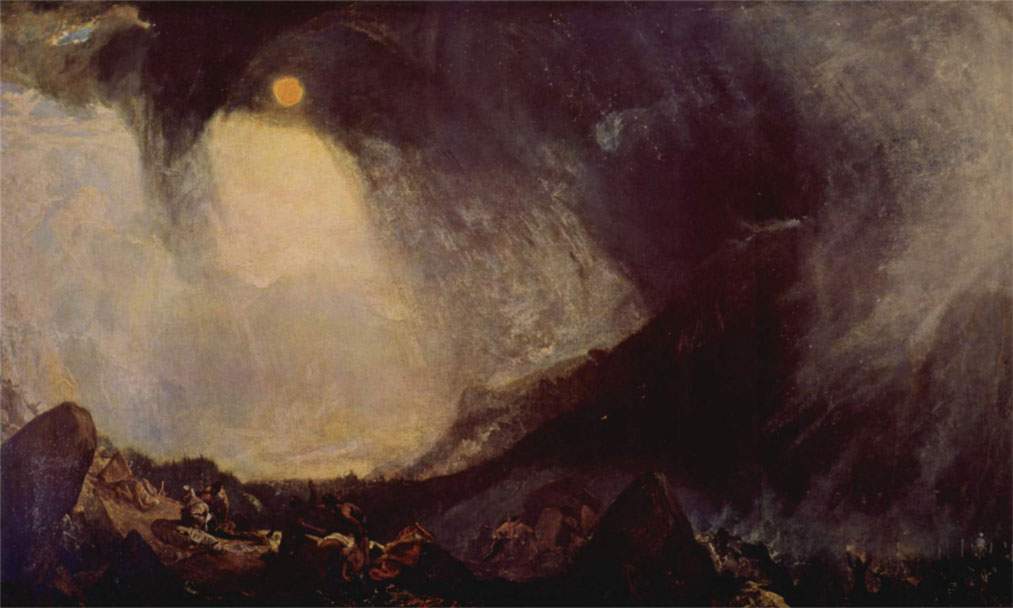
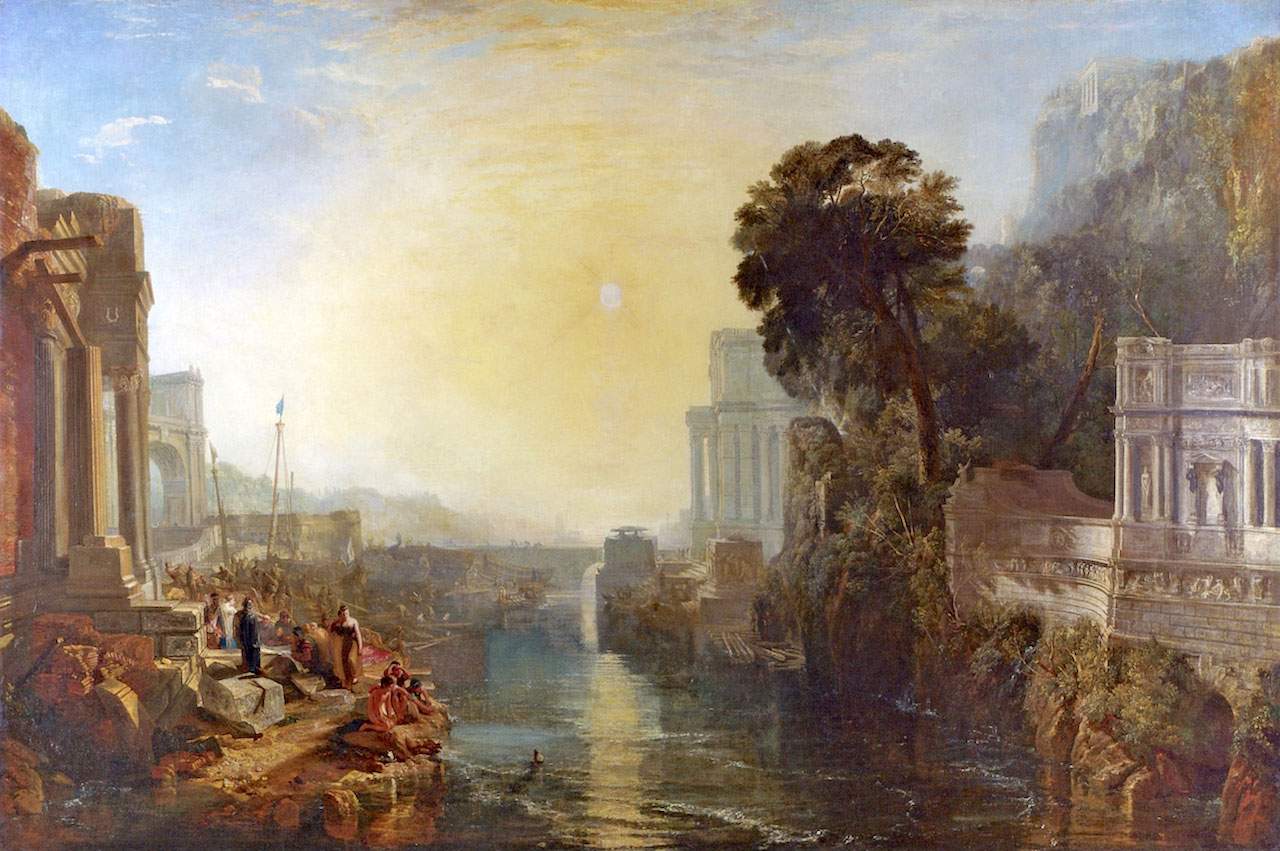
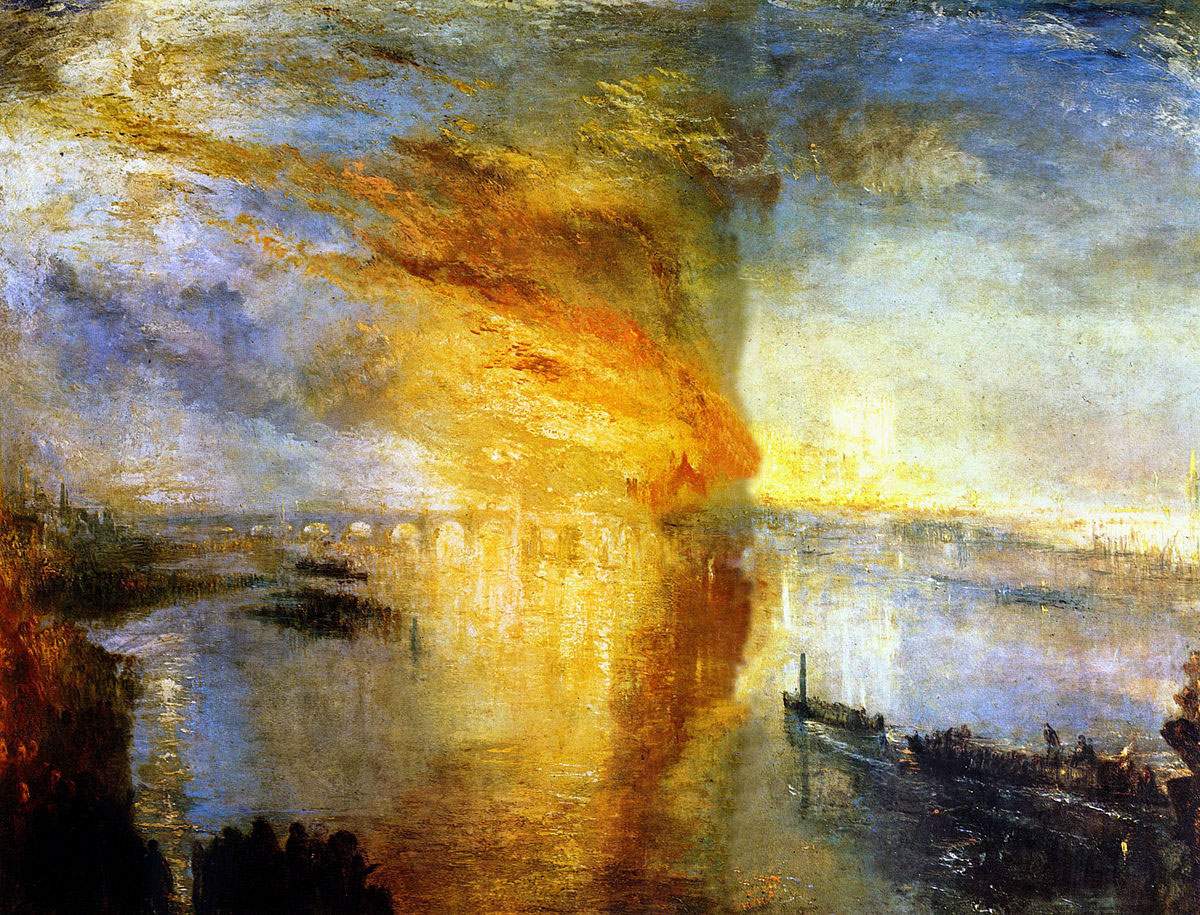
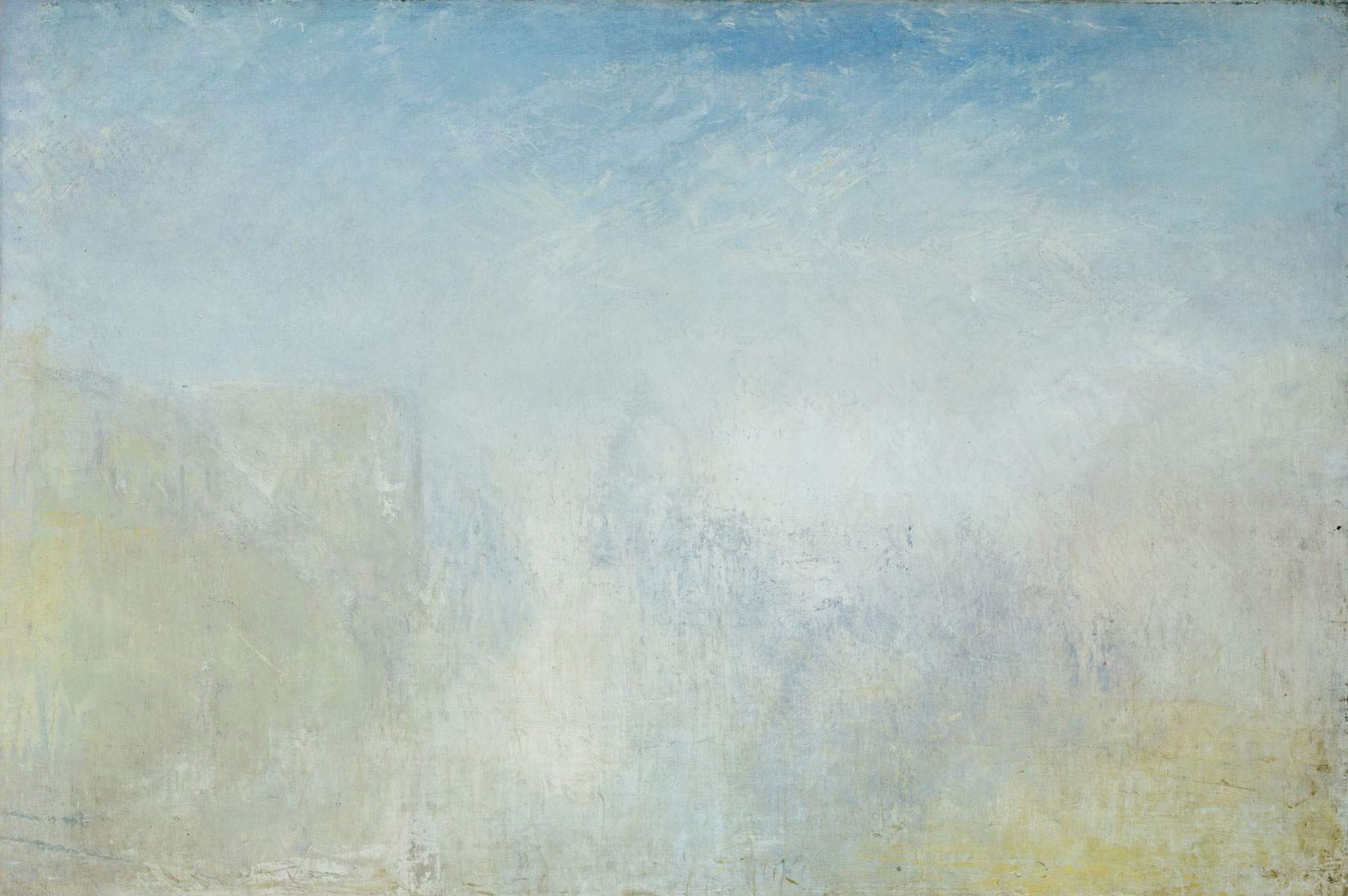
Most of William Turner’s works are kept within the borders of Britain, particularly in the capital city of London. London’s Tate Gallery is home to numerous masterpieces by the English master, including The Palace and Bridge of Caligula (1831), Regulus (1828-37), Blizzard: Hannibal and His Army Cross the Alps (1812). The same goes for the National Gallery, where some of Turner’s most important paintings are on display, such as: Dido Builds Carthage (1815) and Ulysses taunts Polyphemus - Homer’s Odyssey (1929).
Also in England, it is possible to admire William’s works in other museums, for example at the City Museums of Art Gallery in Birmingham or the Walker art Gallery in Liverpool.
The United States also welcomes numerous works by William Turner, for example, the painting Venice (1834) is kept at the National Gallery of Art in Washington, while the two versions of theFire of the House of Lords and Commons on October 16, 1834 (1835) are exhibited in two different museums: the first at the Museum of Art in Philadelphia and the second at the Cleveland Museum of Art (1835).
 |
| William Turner, life and works of the master of English Romanticism |
Warning: the translation into English of the original Italian article was created using automatic tools. We undertake to review all articles, but we do not guarantee the total absence of inaccuracies in the translation due to the program. You can find the original by clicking on the ITA button. If you find any mistake,please contact us.